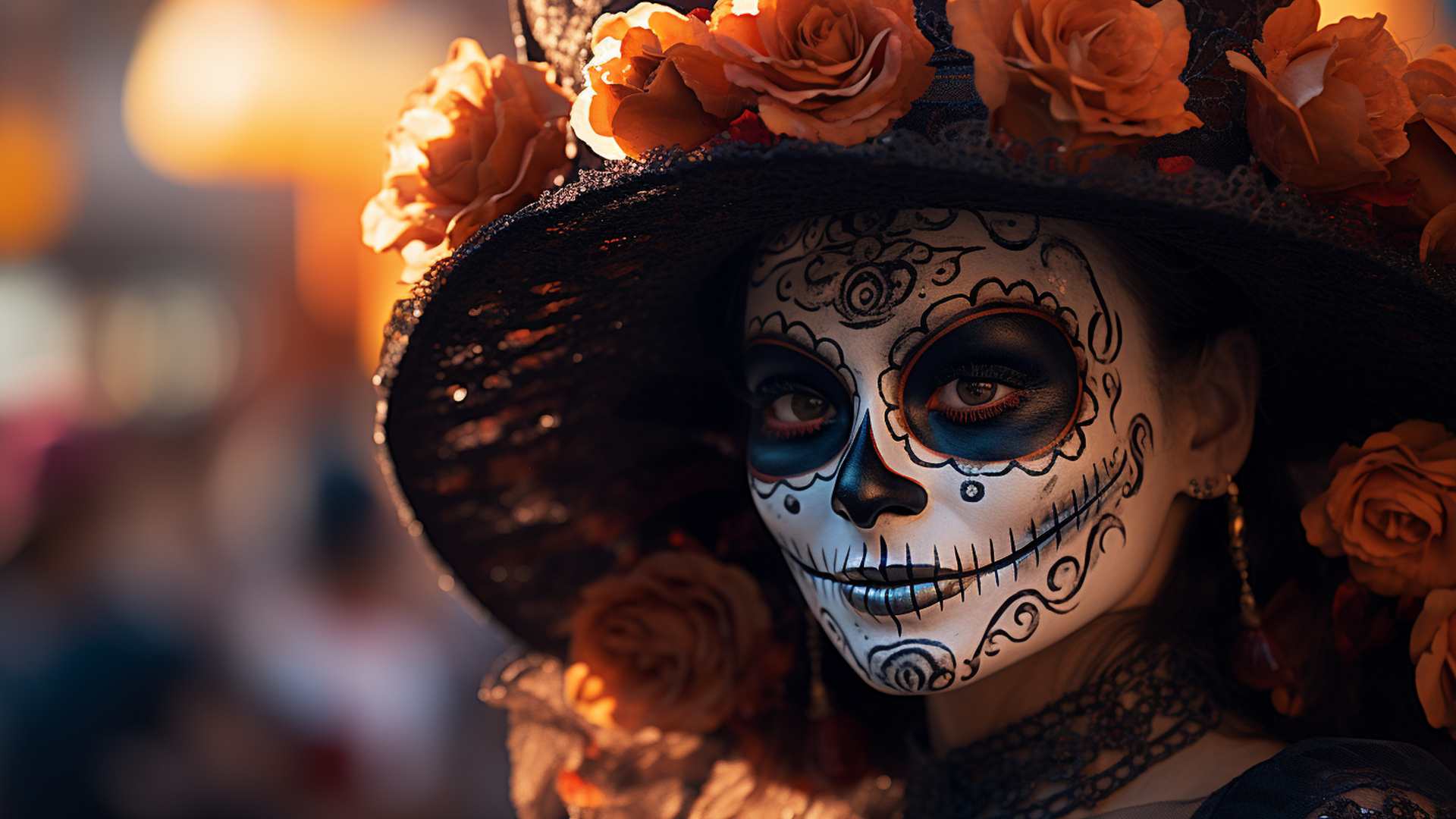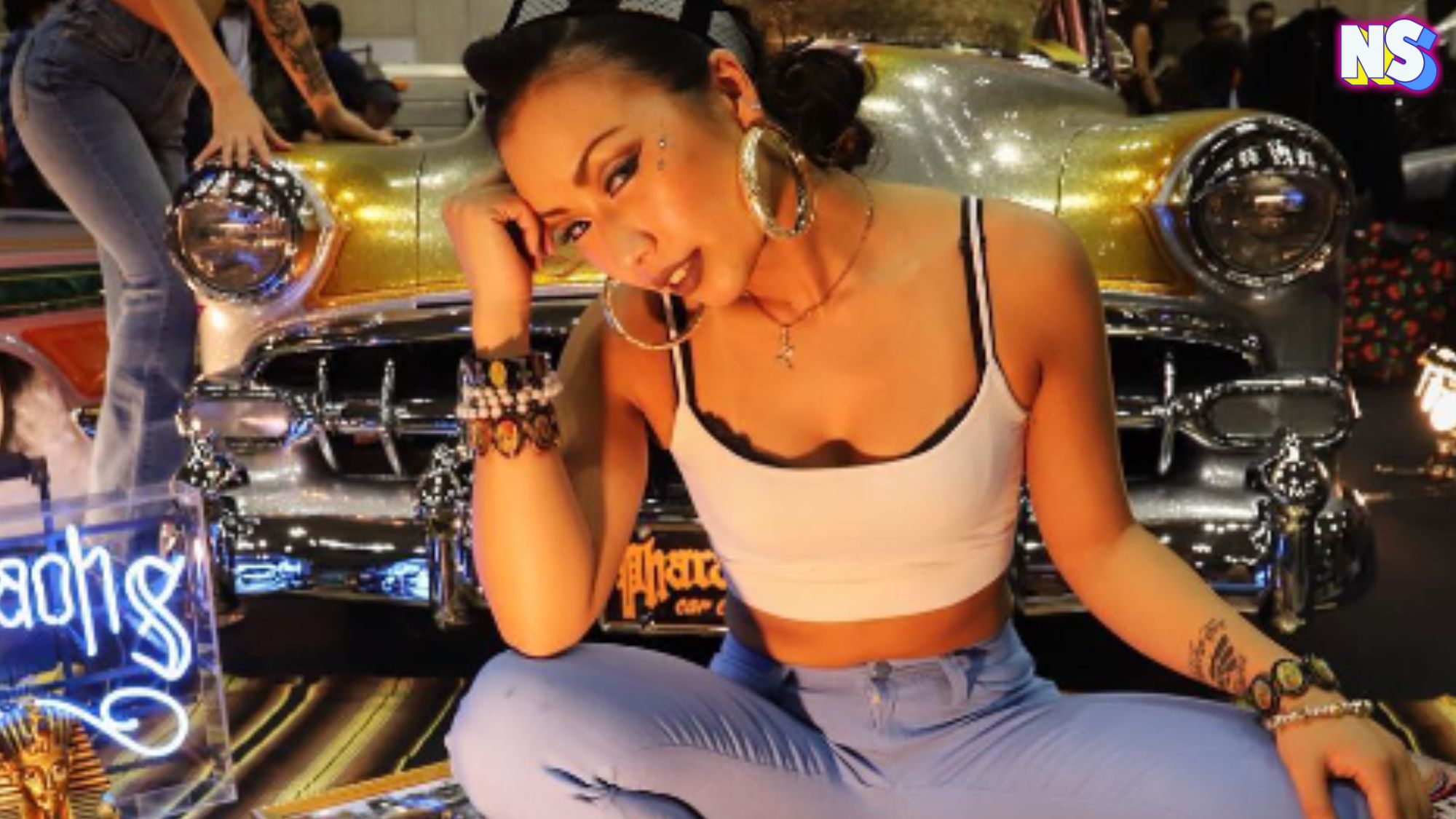By Dayniz Marin
On the second day of the Day of the Dead holiday honoring the loved ones no longer with us, we take a look at the globally recognized Catrina, a more “friendly” image of death.
This iconic figure, often depicted as an elegantly dressed female skeleton, has become one of the most recognizable symbols associated with the holiday.
The satirical representation of death carries a message that even in death, all people, regardless of their social or economic status, are equal.
This is a significant theme of Día de los Muertos, a holiday that celebrates and honors the deceased, where families and communities come together to remember their loved ones who have passed away.
La Catrina is often depicted wearing a fancy hat with flowers, which is a common symbol of the holiday, and her elegant attire emphasizes the idea of celebrating the lives of those who have passed rather than mourning their deaths. The image of La Catrina can be seen in various forms of artwork, including sugar skulls, sculptures, paintings, and even in the makeup and costumes worn by people during Day of the Dead celebrations.
The origins of La Catrina can be traced back to Mexican artist Jose Guadalupe Posada, who created an etching called “La Calavera Catrina” in the early 20th century.
Sadly, Catrina’s creator, like many artists, did not live long enough to see his work gain fame.
Posada’s Catrina: From Tepito to the World
While the engraver and illustrator, Posada, was born in Aguascalientes on February 2, 1852, his work did not originate there. His famous lithographs and drawings of “death” were born in the neighborhood now known as “Tepito,” without any name, alias, or signature.
Posada did not usually sign his works, as evidenced by the 110 notebooks preserved in the Museum of the Child, of which he only signed four.
The Catrina was born as a multifaceted illustration, used for advertisements as well as cartoons that strongly criticized the society of the late 19th and early 20th centuries. The “Calavera Garbancera,” as Posada called it, referred to the people of the time who sold garbanzo beans and were characterized by having indigenous blood but preferred to be associated with European society.
“In bones, but with a French hat with ostrich feathers,” Posada described them.
The great ingenuity of Posada brought hundreds of illustrations to life, but the exact year cannot be pinpointed. There are illustrations dating from between 1912 and 1913. Being an illustrator for hire, he would adapt his creations according to the order, and these carried the editor’s signature.
Posada’s Skulls
His illustrations are associated with the Day of the Dead season, but they did not originate with that purpose. Posada used to draw different everyday situations he saw in Mexican society in that century, dressing them up for celebrations, in rich neighborhoods, but also in poverty.
More than being a symbol of solemnity, it is a satirical icon that reflects the progressive ideas and dark humor of its creator.
The name “catrina” was not bestowed until 1930 when “Monografía: Las obras de José Guadalupe Posada” was published with an introduction by Diego Rivera. According to historian Sanchez González, on page 160 of this compilation of illustrations, the image of the skull with the title “Calavera catrina” appears.
According to the website relatosehistorias.mx, the Catrina gained prominence when Diego Rivera included it in the mural “Sueño de una tarde dominical en la Alameda central” at the Hotel del Prado.
Posada’s has a significant influence on the works of artists like José Clemente Orozco, Diego Rivera, and Leopoldo Méndez. Unfortunately, Posada did not live to see his work become the important figure it is today or the affection people worldwide have for it.
Today, those who wish to explore Posada’s work in person can visit the museum dedicated to his work in Aguascalientes, Mexico, especially the history of the elegant Catrina.





